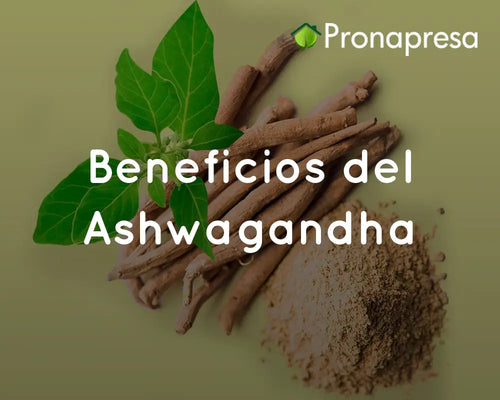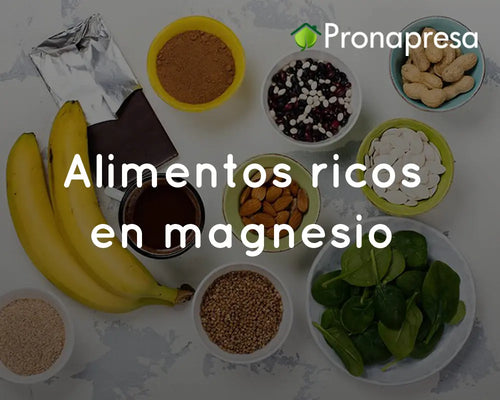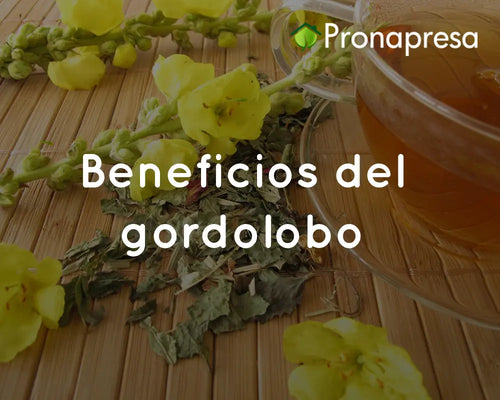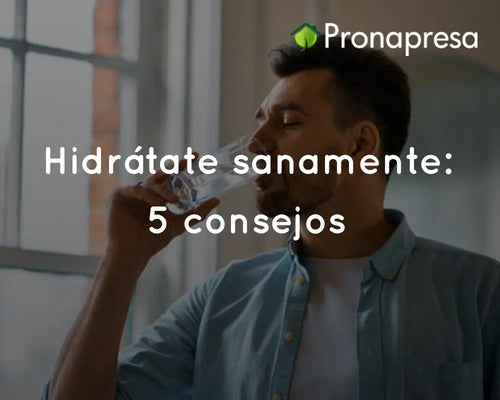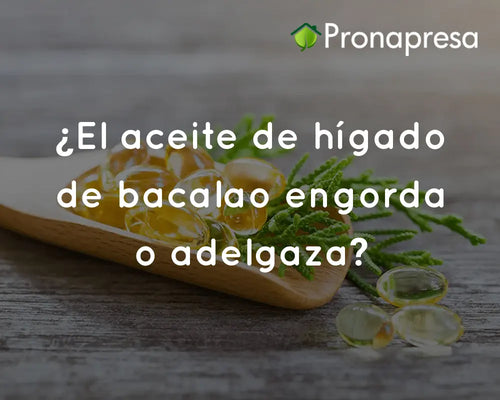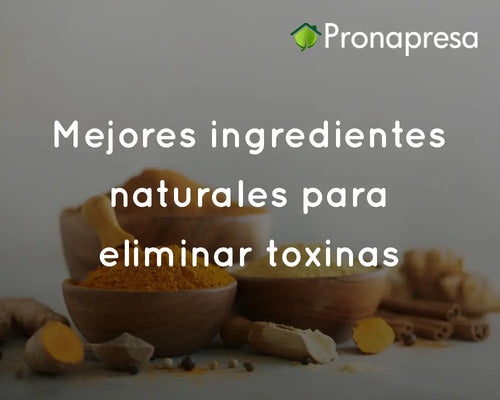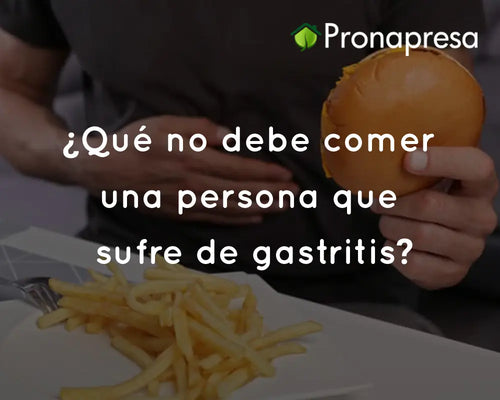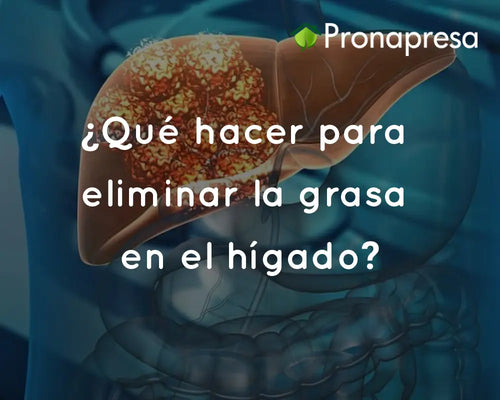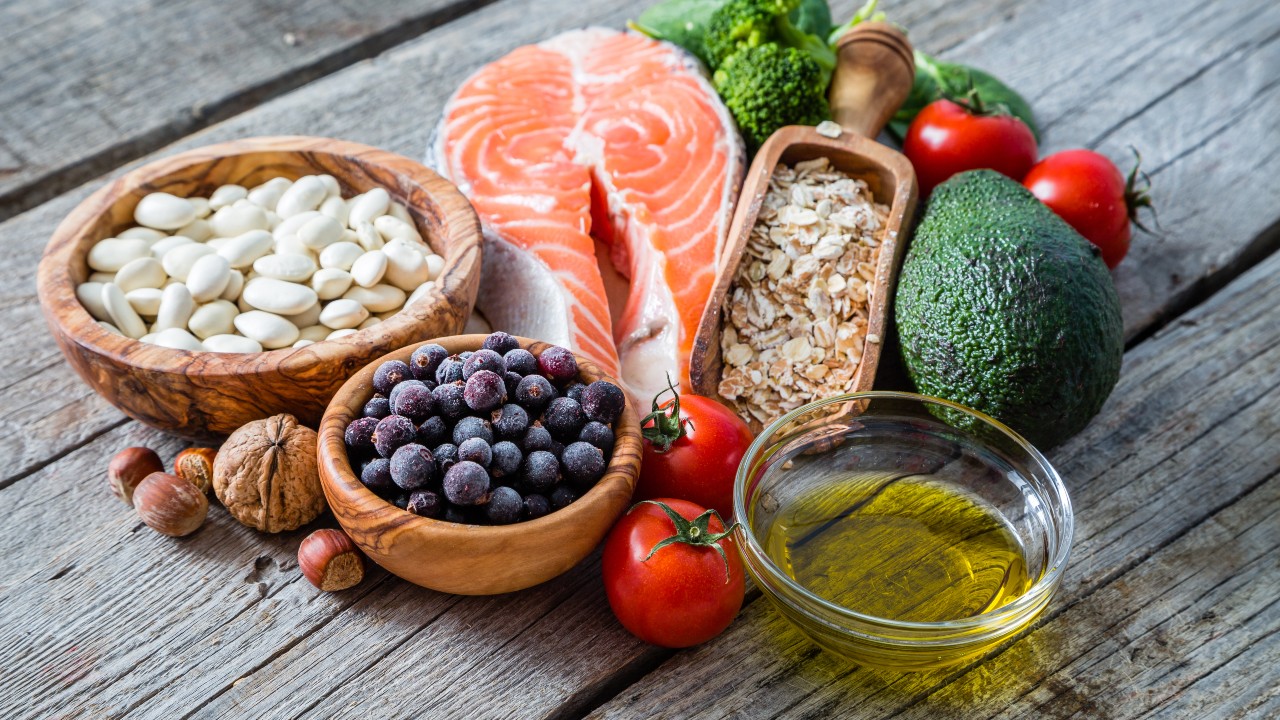
Rising food prices can make grocery shopping a challenge right now. If you want to keep a reasonable budget, you may have to make some difficult decisions or buy other foods when you go shopping. You want to make sure every purchase counts. It is important that you start by reviewing what you have in your pantry, in your refrigerator and in your freezer before making your shopping list. And you should focus on maintaining a balance in a diet that is high in nutrients when times are tough.
So you can get the best nutrition for your money, a New York-based nutritionist and others at Beth Israel Deaconess Hospital in Boston, Toby Amidor and Sandra Allonen, recommend the following products:
- Beans or beans. Whether canned or dried, they are affordable, a filling food, and an excellent source of protein and minerals (like iron and zinc). Dried ones are cheaper, but take longer to boil. Since canned foods tend to be very salty, it is best to rinse them well before eating. They can be used in soups, stews, salads, tacos, or burritos all week long. They contain lots of fiber and a variety of vitamins and minerals, including folate, iron, magnesium and potassium.
- The oats. Like beans, oats are very affordable, filling, and are an excellent source of protein, minerals, B vitamins, iron, manganese, phosphorus, zinc, and magnesium. It can be eaten with milk, ground to make pancake or waffle batter, and added to stews as an additional source of fiber. Eaten with fresh or frozen strawberries, the vitamin C in strawberries helps iron be absorbed.
- Frozen fruits and vegetables. They tend to cost between $2 and $5 dollars. You can even make your own (when they're fresh, put them in a bag and freeze them). They do not lose their nutrients because they are packaged when they are at their peak of maturity.
- Canned tomatoes. Whether you like them crushed, diced, or whole, canned tomatoes are versatile and inexpensive. They can be easily added to soups, casseroles, and pasta dishes, among others. They are rich in vitamin C, fiber, and are an excellent source of lycopene, an antioxidant that can help reduce the risk of heart disease, prostate cancer, and macular degeneration (a disease that affects vision in the elderly). . Eating tomatoes has been associated with reducing LDL, bad cholesterol, and lowering blood pressure.
- Whole grains, such as brown rice, quinoa, farro, wheat rice, are inexpensive staples (especially when purchased in large quantities). Brown rice, particularly, is rich in fiber and protein, as well as nutrients such as B vitamins, magnesium, manganese, iron, phosphorus, potassium and zinc.
- Potatoes or potatoes. Especially with the peel or skin, a medium potato provides 30% of the recommended daily amount of vitamin C, in addition to carbohydrates, fiber, vitamin B6 and potassium. They have a bad reputation, but they have a lot of nutrition. For a change, you can eat sweet potato or sweet potato instead of potato or white potato. These also contain potassium, but contain more fiber as well as beta-carotene. You can prepare them in different ways and put different toppings on them.
- The roast chicken. You can get a fully cooked rotisserie chicken at the grocery store for about $4 to $6. Chicken provides iron and several B vitamins. Remove the skin before eating to reduce saturated fat.
- Nuts are a staple food that is affordable, especially when purchased in bulk. They contain healthy fats, proteins and minerals. They can be eaten between meals, with meals, or put in the food processor to turn them into nut butter to put on bread, for sauces, in short...
- The eggs. Dietitians say that eggs are considered the perfect protein because they contain essential amino acids and choline, which is great for brain health. A large egg contains 6 g. of protein and some vitamin D too. Consider saving the yolk; It contains nutrients such as vitamins A and D, omega-3 fatty acids, and the antioxidants lutein and zeaxanthin, which help promote eye and skin health. Eggs can be enjoyed not only for breakfast, but for making quiche for dinner, fried rice with vegetables, or egg salad sandwiches.
- Herbs and spices. It doesn't cost much to buy a few select seasonings: you can use them to change flavor profiles and take advantage of the antioxidant, antiseptic and anti-inflammatory properties offered by herbs like rosemary and oregano.
- Peanut butter or peanut butter. Provides a lot of nutrition in a small package. It is a great source of plant-based protein, as well as heart-healthy fats, vitamin E and B vitamins. What is important is to try to look for options without added sugars. It can be used in many ways, not just as the typical peanut butter and jelly sandwich. For example, stir it into a bowl of oatmeal or swap your pasta and red sauce for some tasty peanut noodles. Let your imagination fly.
- The tuna. This is a good option when you want to increase your fish consumption while staying within your budget. Canned tuna is very affordable and is a great source of protein, the minerals selenium, phosphorus and potassium, as well as containing omega-3 fatty acids that are important for the brain. It can be prepared in sandwiches, in salads, or in pasta dishes, among others.
Plan your purchases before going to the supermarket so that you have enough for the entire week. Swap the vegetables, change the black beans for chickpeas, replace the romaine lettuce with another type of lettuce, and modify your recipes and you will see how you will be able to stay within your budget, achieving a nutritious diet for you and/or your family.





































